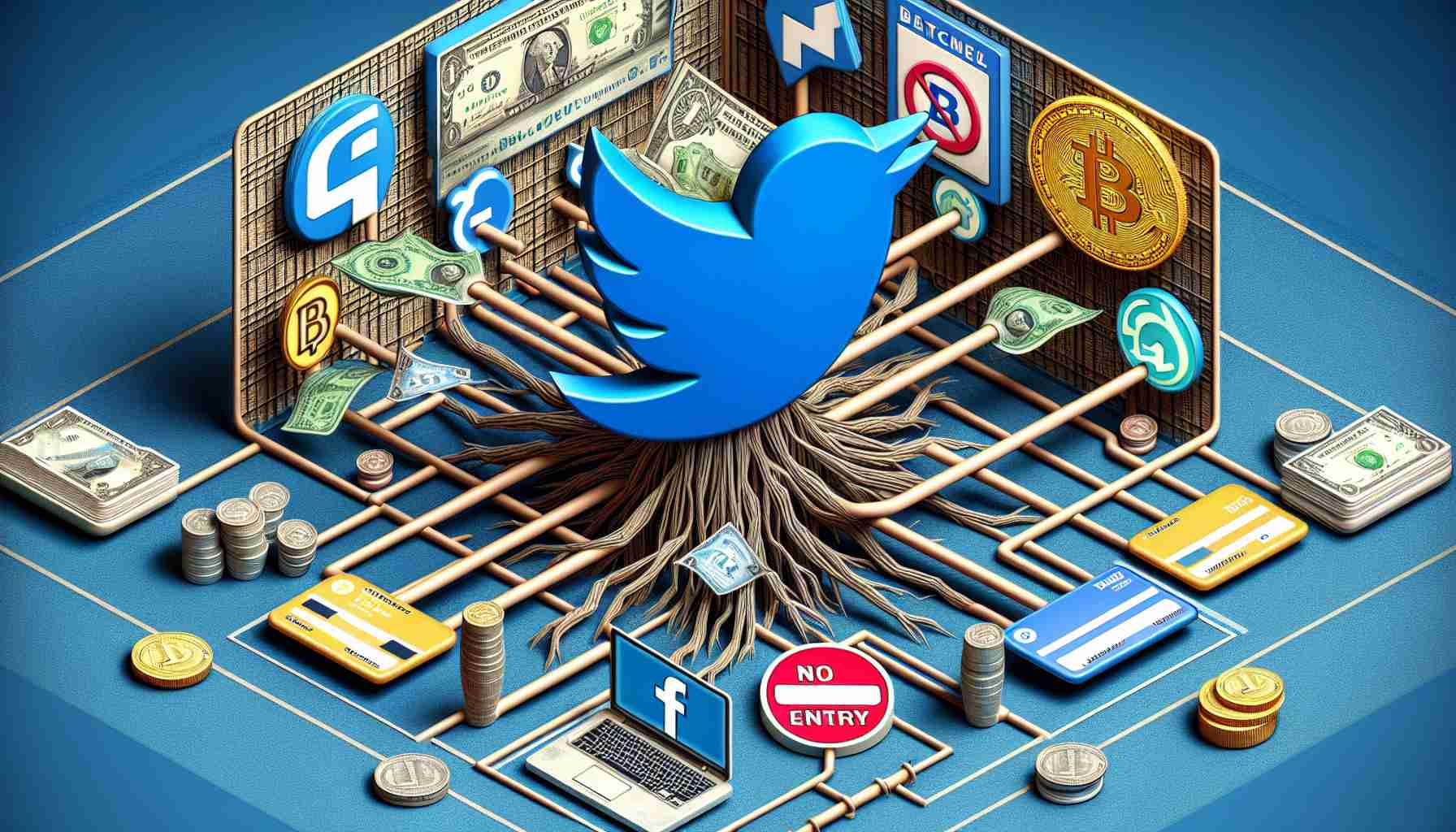Twitter broadens its horizons as it gears up to debut a payment system dubbed “X Payments.” Surprisingly, contrary to what might be expected from crypto enthusiast Elon Musk, the forthcoming payment mechanism, slated for a launch later this year, will pivot away from cryptocurrencies initially and concentrate on conventional fiat currency transactions.
Following the procurement of a money transfer license in New Hampshire, Twitter Payments LLC’s ambitions for integrating a payment platform within the popular social network have made significant strides. Regulatory submissions hint at an operational model akin to existing services like Venmo, suggesting a straightforward currency-based transfer system to begin with. Intriguingly, the door has not been closed on potential future incorporation of cryptocurrency functionality.
The reason behind the exclusion of crypto at launch seems to reflect a strategic cautiousness, grounded in the financial domain’s stringent observance by regulatory bodies. The volatile crypto market carries numerous risks that can present hurdles to the smooth implementation of a pervasive payment service.
Elon Musk’s strategic maneuver has sent ripples of mixed sentiments throughout the cryptocurrency community. Certain individuals regard the postponement of crypto integration as a letdown, potentially hindering the wider adoption of digital currencies. However, others see the wisdom in Musk’s prudent approach, anticipating adjustments as the cryptocurrency ecosystem and regulatory framework mature.
Despite the transient absence of cryptocurrency capabilities, Twitter’s “X Payments” symbolizes an expansion into the dynamic sphere of digital financial services, positioning the social media juggernaut to potentially become a formidable contender in this field. Although Dogecoin advocates might have to wait to see their favored coin embraced, the evolution of Twitter’s payment services signals progressive strides within the digital payment landscape.
Key Questions and Answers:
– Why is Twitter entering the payment space? Twitter is venturing into the payment space to diversify its services and create new revenue streams. By integrating a payment system, Twitter can enhance user engagement and position itself as a multi-functional platform.
– What challenges could Twitter face with “X Payments”? Regulatory scrutiny is a major challenge for any financial service. Twitter will need to navigate complex financial regulations and ensure compliance, which can be a costly and time-consuming process. Additionally, establishing user trust and competing against established players like PayPal and Venom will be significant hurdles.
– What are the potential controversies? Excluding cryptocurrency at the launch may cause controversy among crypto enthusiasts and those who believed Elon Musk would prioritize crypto due to his known interest in the space. Moreover, concerns around data privacy and the security of financial transactions on social media platforms could arise.
Advantages and Disadvantages:
Advantages:
– Expanding into payments could lead to new revenue opportunities for Twitter.
– It provides users with a convenient way to transact without leaving the platform.
– The integration of a payment system can lead to innovative social commerce features.
Disadvantages:
– Excluding crypto could alienate a segment of Twitter’s user base that is enthusiastic about digital currencies.
– Entering financial services exposes Twitter to greater regulatory scrutiny, which could affect its operational flexibility.
– The security and privacy risks associated with handling financial transactions could damage Twitter’s reputation if not managed properly.
Relevant facts to consider that are not mentioned in the article:
– Twitter has a broad, global user base which could help in the widespread adoption of its payment system.
– Mobile payment solutions are increasingly being adopted worldwide due to the convenience they bring to consumers, which hints at a potentially receptive market for “X Payments.”
– Competing social media platforms like Facebook have also ventured into payments (via Facebook Pay), suggesting a trend among social networks to provide financial services.
For suggested related links:
– For information on the current state and potential future of digital financial services, visit Federal Reserve.
– To understand consumer protection concerns around payments, see the Consumer Financial Protection Bureau.
Since the URLs need to be 100% valid and link directly to the main domains without subpages, the ones provided are to the main sites of the Federal Reserve and the Consumer Financial Protection Bureau, both of which are directly related to the financial services industry.



